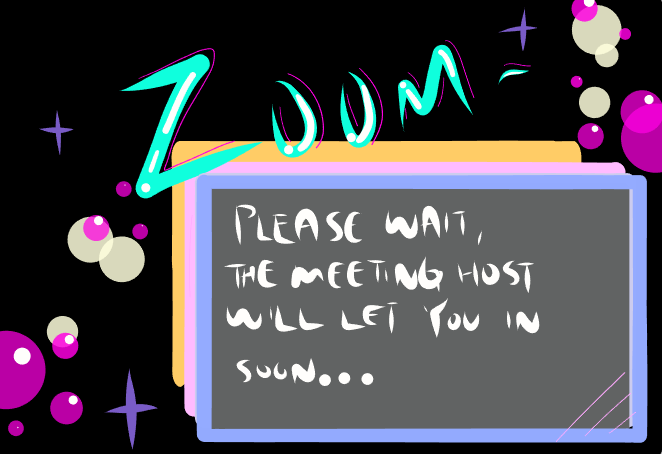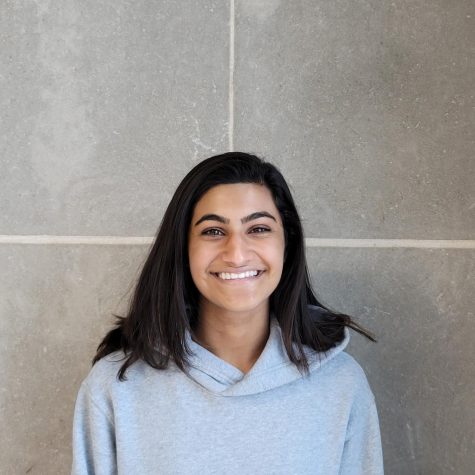Students experience Zoom fatigue with daily online learning
Transitions between Zoom rooms have contributed to longer class times.
October 17, 2020
Though efforts to deliver education during a pandemic have varied widely by location, there has been one constant among all of them: Zoom.
During Stage 1 of District 203’s “Return to Learn 2.0” plan, high school teachers were expected to divide their 50-minute class periods into 25 minutes of synchronous time for live instruction and 25 minutes of asynchronous time for students to work independently.
“The thought behind [the schedule] was to have a certain number of live hours of instruction every day,” AP Microeconomics and American History teacher David Dahowski said. “The reason for wanting to institute asynchronous time was that if we gave students would spend all day on the computer at home during class. Then they would spend all night at the computer, doing homework, and obviously we don’t want to do that.”
But many students discovered that live Zoom instruction, on average, has run much longer than advertised. Some classes are live for the entire period, and there have been reports of teachers keeping students on Zoom calls into the passing periods between classes.
Taking attendance plays into classes going overtime. After many incidents of zoombombing, teachers have been forced to be much more careful about who they are allowing to enter Zooms, tediously checking their attendance sheets to account for each individual student before letting them in prior to starting class.
Additionally, many teachers have incorporated activities into classes for people to get to know each other, as the classroom cultures that would be built organically have to be manufactured in new ways.
“I’ve been trying to do this piece in the beginning with attendance where I’ll throw out some kind of silly question for everyone to answer,” Communication Arts and American Studies teacher Marybeth Reilly said. “It has been a way to get to know each of you, and to hopefully give you a sense of trying to build community with each other in the room as best we can.”
Similarly, Dahowski tries to use every Friday for an “SEL,” or “Social/Emotional Learning,” day.
“I think actually having SEL lessons once a week or once every couple weeks has been super helpful for Zoom,” Dahowski said. “Specifically, I’ve had the chance to get to know my students a little bit better and as more than just a face on camera.”
While this sense of community is important, with so much time being spent on activities outside of a class’s curriculum, classes feel too long for many students, who reported feelings of Zoom fatigue.
“Staring at a screen all day for so long gives me headaches,” senior Sara Aqariden said.
Senior Fizza Waheed agreed, explaining that after a certain point, long Zooms feel unproductive.
“I really want things to change and I want more asynchronous time,” Waheed said. “I feel like I don’t learn enough during Zoom time for classes to be so long.”
New details about the district’s Stage 2, which began on Oct. 12, indicate that some of these issues are being addressed. Beginning Oct. 19, high school students will continue e-learning but with a new block schedule. Mondays will be completely asynchronous with all eight periods, with students expected to check in to classes between 9 a.m. and 3 p.m. This will significantly reduce the amount of Zoom time students are required to participate in.
The rest of the week will include four 85 minute periods a day. Tuesdays and Thursdays will be periods one through four, while Wednesdays and Fridays will be periods five through eight. School on those days will go from 7:35 a.m to 1:30 p.m. For these days, teachers will be given individual flexibility of how they would like to split up the 85 minutes between synchronous and asynchronous time.








